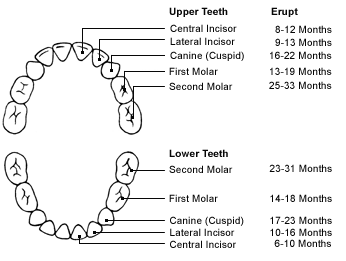Stimulating Early Development
/Here are some resources to help with early childhood developmental concerns. What's amazing about early development is that infants and toddlers naturally gravitate to activities that are "just hard enough" to build new skills. If you provide some basic toys and materials, a safe environment, and your loving, engaged attention, development will happen. But it helps to have some tricks and tips as well, as well as activities to use with children who seem stuck, or delayed. Early Intervention can also be invaluable in such situations.
The Good Samaritan Children's Therapy Unit (in Puyallup, Washington), publishes two nice, small books by Wendy Robins Lind, OTR/L. They can be ordered by phone from the CTU using a credit card (253-697-5225), and they each cost $12.50, shipping included.
- "Stimulating Your Child's Development Through Play (Birth to two years)" - I really like this one - lots of fun, stimulating activities for each month of age
- "Daddy as Baby's Playground" - Nice motor activities for Daddys (and Mommys) for children up to a developmental age of 1 year, and many older adoptees without solid crawling/walking will benefit from these exercises [facial hair alert - the Daddys in this book are mightily mustachioed. I think this is more a historical artifact than an actual endorsement of facial hair as stimulating to infant development, but stay tuned, folks. Maybe they're onto something ...]
A neat bunch of free activity sheets for enhancing development through FUNdamental movement concepts is available from Sparkplug Dance Developmental Movement. "More tummy time" is oft-recommended for all infants, but especially kids with head flattening, poor "push-up" skills or other delays, and to promote postural development and integrated locomotion (crawling!). Trouble is, we rarely tell parents how to make it tolerable and fun. That's where this lovely "10 Ways to Have Fun on Your Tummy, Baby!" handout comes in handy.
A very comprehensive guide is Why Motor Skills Matter : Improve Your Child's Physical Development to Enhance Learning and Self-Esteem, by Tara Losquadro Liddle. This book fills a big gap in the literature by thoroughly and practically addressing motor and sensory issues in the 1st five years of life, including special sections on low muscle tone and prematurity. It provides excellent descriptions of appropriate play and physical activities for children at various stages of development, especially for kids that do have motor delays or low muscle tone.
Stanley Greenspans's Building Healthy Minds: The Six Experiences That Create Intelligence and Emotional Growth in Babies and Young Children is another good resource. Even if your child missed out on some of these experiences early on, it's not too late to create them. Good information on temperament and sensory processing differences here as well.
For more books on early development, please see our list of Development and Learning Books, and the following articles on our site:
- Birth-to-Age-5 Timeline of Development
- Developmental Milestones
- Language Development In Internationally Adopted Children
- Books for Speech/Language Delays
- "Birth-to-Three" Early Intervention
- Screening for Autism in Toddlers









